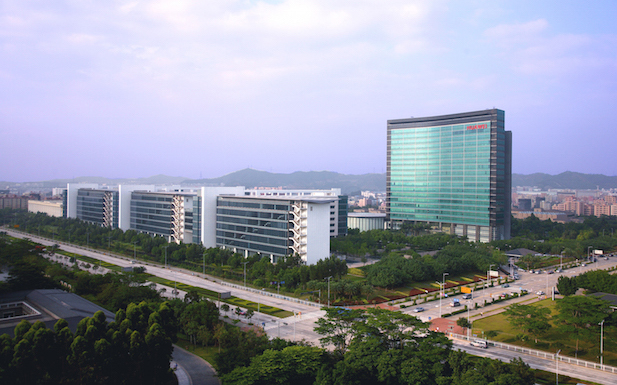Despite pressure on many countries by Trump Administration, Chinese company’s Q1 revenues up 39%.
Last year’s Q1 revenue was up 19.5% on the same quarter in 2017. The company said its nett margin was “about” 8%, which was a slight increase on the previous year’s.
The year-on-year rise put Huawei’s revenue for Q1 at $26.8 billion (€23.82 billion).
The company has signed 40 commercial contracts for 5G globally and claimed to have provided more than 70,000 5G base stations by the end of March.
Last year Huawei’s Honor-branded devices helped it overtake Apple to become the world’s second largest smartphone maker and now it is gunning for the biggest, Samsung.
It sold 59 million Honor handsets in the first quarter.
The Trump Administration has pressured countries to avoid using Huawei equipment in their 5G infrastructure the grounds that it could be used for espionage by the Chinese state.
Huawei is also accused of lying to US authorities, busting international sanctions against Iran and industrial espionage, among other things, against the backdrop of a threatened trade war with China.
Automotive ambitions
Huawei has launched on what it claims is the world’s first 5G communications hardware, the MH5000 module, for the automotive industry.
The module is based on the Balong 5000 5G chip which Huawei launched in January. “It launched the module at the Shanghai Autoshow.
In a statement the company said the module will progress its plans to start commercialising 5G networks for the automotive sector in the second half of this year.
Huawei has been testing technology for intelligent connected cars in Chinese cities like Shanghai and Shenzhen (pictured), and has signed cooperation agreements with car makers including FAW, Dongfeng and Changan.



